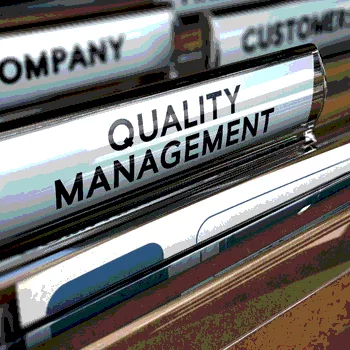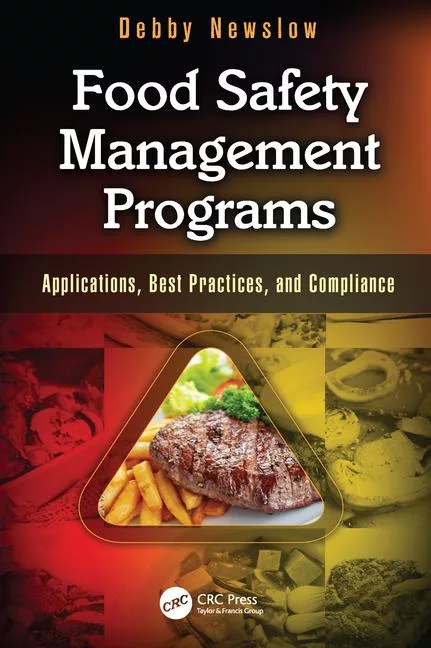Management Systems – Back to Basics

A management system is the organizing framework that enables companies to achieve and sustain their operational and business objectives through a process of continuous improvement. A management system is designed to identify and manage risks—food safety, safety, environmental, quality, business continuity (and many others)—through an organized set of policies, procedures, practices and resources that guide the enterprise and its activities to maximize business value.
The management system addresses:
• What is done and why
• How it is done and by whom
• How well it is being done
• How it is maintained and reviewed
• How it can be improved
Creating an Effective and Valuable Management System
Each company’s management system reflects its unique culture, vision and values. To be effective and valuable, the management system must be tailored and focused on how it can enhance the business performance of the organization. It must also be:
• Useful to people in the operations
• Intuitive—organized the way operations people think
• Flexible—making use of methods and tools as they are developed and documented
• Valuable from the outset—addressing the most critical risks and processes
• Linked to the business of the business (not “pasted on”), with ownership at the operational level
• A means to better align food safety, quality, safety, and environment with the business
 Attributes of an effective management system are senior management expectations and guidance coupled with employee engagement. Importantly, a management system involves a continual cycle of planning, implementing, reviewing and improving the way in which food safety, safety, quality and environmental obligations and objectives are met. In its simplest form, this involves implementing the Plan, Do, Check, Act/Adjust (P-D-C-A) cycle for continuous improvement (Figure 1).
Attributes of an effective management system are senior management expectations and guidance coupled with employee engagement. Importantly, a management system involves a continual cycle of planning, implementing, reviewing and improving the way in which food safety, safety, quality and environmental obligations and objectives are met. In its simplest form, this involves implementing the Plan, Do, Check, Act/Adjust (P-D-C-A) cycle for continuous improvement (Figure 1).
Auditing for Ongoing Compliance
The connection between management systems and compliance is vital in avoiding recurring compliance issues and in reducing variation in compliance performance. In fact, reliable and effective regulatory compliance is commonly an outcome of consistent and reliable implementation of a management system.
Conducting periodic audits is a practical way to test a management system’s implementation maturity and effectiveness. One of the many advantages of audits is that they help identify gaps so that corrective/preventive actions can be put into place and then sustained and improved through the management system.
Audits also help companies with continuous improvement initiatives; a properly developed internal audit program help measure results over time. To achieve best results, audits should emphasize finding patterns that can yield opportunities for learning and continual improvement.
Management System Standards
Several options are available for structuring management systems, whether they are certified by third-party registrars and auditors, self-certified or used as internal guidance and for potential certification readiness. Many management systems have consistent elements, allowing organizations to more easily align their various management systems. Aligned management systems help companies to achieve improved and more reliable food safety, quality, environmental and health & safety performance, while adding measurable business value.
Certification
Companies can become certified to the various management system standards. Certification has a number of benefits, including the following:
• Meet customer or supply chain requirements
• Use outside drivers to maintain management system process discipline (e.g., periodic risk assessment, document management, compliance evaluation, internal audits, management review)
• Take advantage of third-party assessment and recommendations
• Improve standing with regulatory agencies
• Demonstrate the application of industry best practice in the event of incidents/accidents requiring defense of practices
Certification does not mean improved performance—that is determined by the management system structure, operation and management commitment.
Business Value
There are several reasons to implement a management system. A properly designed and implemented management system brings value to organizations in many ways:
• Risk management
• Identify risks
• Set priorities for improvement, measurement and reporting
• Provide great opportunity to identify, share and learn best practices, while recognizing operational differences
• Protection of people
• Keep consumers/public safe
• Send people home the way they arrived at work
• Protect the environment
• Compliance assurance
• Improve and sustain regulatory compliance
• Business value
• Continually improve food safety, quality, environmental and safety performance across the organization (employee, public, equipment, infrastructure)
• Reduce incident costs and accrued liabilities
• Protect assets
• Reliability
• Assure processes, methods, and practices are in place, documented and consistently applied
• Reduce variability in processes and performance
• Employee engagement
• Help employees to find and use current versions of all procedures and documents
• Provide a ready reference for field management to structure location-specific procedures
• Enable the effective transfer of standards, methods, and know-how in employee training, new job assignments and promotions
It is only by implementing such a continuous improvement strategy that companies can achieve and sustain their operational and business objectives. The identification and management of risks using an organized set of policies, procedures, practices and resources will guide the enterprise to maximize its business value.
Roberto Bellavia is a senior consultant with nearly 20 years of experience working in the food industry as a quality assurance professional. He is currently a project manager for Kestrel’s food safety-related projects.
Looking for quick answers on food safety topics?
Try Ask FSM, our new smart AI search tool.
Ask FSM →








.webp?t=1721343192)